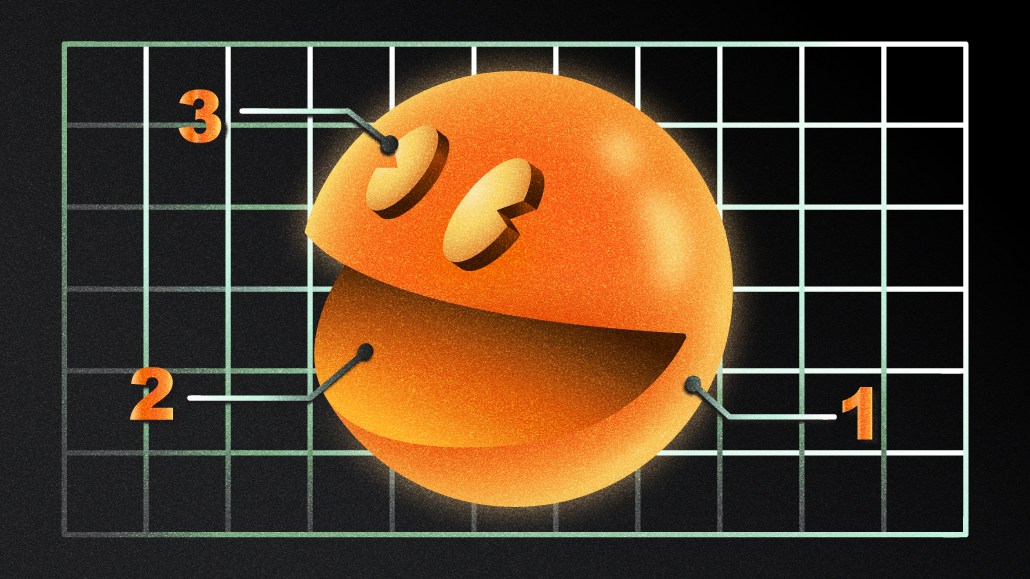Why JOGO is spending millions of dollars to publish ‘AAA’ games on Fortnite Creative

After making millions of dollars through Fortnite Creative, the development studio JOGO has hired a $2 million payroll of experienced game developers, with the goal of bringing premium-quality titles to the platform.
JOGO was founded in May 2024 by Fortnite influencers Andre “Typical Gamer” Rebelo and Chad “Mustard Plays” Mustard and Unreal Editor for Fortnite (UEFN) developer Mark Price. At the moment, the company owns and operates some of the most popular Fortnite Creative experiences, such as “Super Red Vs. Blue” and “Bed Wars,” which have thus far generated total revenues of nearly $7 million, according to Fortnite.GG, a third-party data platform that tracks the traffic and revenue of Fortnite experiences.
“We have been profitable from day one,” said Mustard, who added that JOGO currently employs 24 full-time staffers, as well as a network of freelancers.
Thus far, the bulk of JOGO’s revenues have come through Epic Games’ engagement payout system, which allocates a share of Epic’s revenue to the developers of in-game experiences, with the specific amount determined by users’ total playtime within them, rather than by charging marketers thousands of dollars to develop and build bespoke branded game worlds. The company is able to take this approach because of the genuine popularity and high engagement of its games, which is a result of the endemic knowledge provided by Fortnite creators such as Mustard and Rebelo, who is JOGO’s creative director.
“What JOGO does really well is to perfectly understand the audience,” said Margot Rodde, founder of the Fortnite Creative studio Creators Corp. “And then, because they’ve got the cash and they know that their influence is going to make them a return on investment, they can invest more on the polish of the game, and getting more talented people on board that might be a little more expensive.”
Indeed, JOGO is looking to use its early wins as a springboard into truly premium-quality Fortnite development. Using the millions it’s already made, the company has spent the last six months hiring a team of experienced game developers from established studios like Sony and 343 Industries, such as Jonathan “Jay” Beard, a producer whose portfolio includes PlayStation classics like “The Mark of Kri” and “Twisted Metal III.”
The developers at JOGO use the term “premium” to refer to a more advanced suite of tools and features available to users in-game, such as the ability to maintain a persistent identity across multiple play sessions, as well as higher-quality graphics and in-game visuals.
JOGO’s most recent map — “The Pit of Legends,” which went live on October 19 — is the studio’s first release to show the impact of the company’s hiring spree. Using a “save data” function introduced by Epic Games earlier this year, the map rewards players with “skill points” that they can use to level up their character and gain new powers and abilities that can be used across different Fortnite experiences.
Since launching on the 19th, “The Pit of Legends” has already generated thousands of dollars in revenue for JOGO via Epic’s player engagement process, achieving a peak playership of nearly 23,000 the following day.
“I think Fortnite wants to get to a place where people can play games like RPGs [role-playing games], and we’ve seen some of that with “Lumberjack Heroes” and some of the other maps they’re promoting,” Rebelo said. “So, with this game, we decided to take the best of both worlds and cram them together — so we have a combat-focused map with a ton of RPG elements. We’ve created these systems that bring value, and make players want to return.”
Though a growing market, the in-game advertising space has been challenged in recent years by its lack of premium console inventory. Although JOGO’s high-quality Fortnite Creative games are not premium titles by any traditional definition, the company believes that its stable of experienced developers could help make Fortnite Creative a more attractive playground for brands and marketers.
“We want to build places where players come, and then the advertisers can come and advertise in those spaces, and we are talking with different brands about integrating into our experiences where it makes sense,” Mustard said. “Obviously, we don’t want to compromise the player’s experience — but still make it something that is attractive to advertisers.”
More in Marketing

Lowe’s wants to do more with AI shopping in 2026
Mylow, a shopping assistant powered by ChatGPT that launched in March, is already driving double the conversion rate for online shoppers.

‘This isn’t the old pre-roll world’: YouTube has been talking TV — now it’s selling that way
YouTube is ramping up efforts to get TV’s largest advertisers to move more of their budget into its platform.

As every screen becomes shoppable, attribution problems resurface
As more media environments become points of purchase, attribution and measurement remain the thorn in the side of commerce execs.








